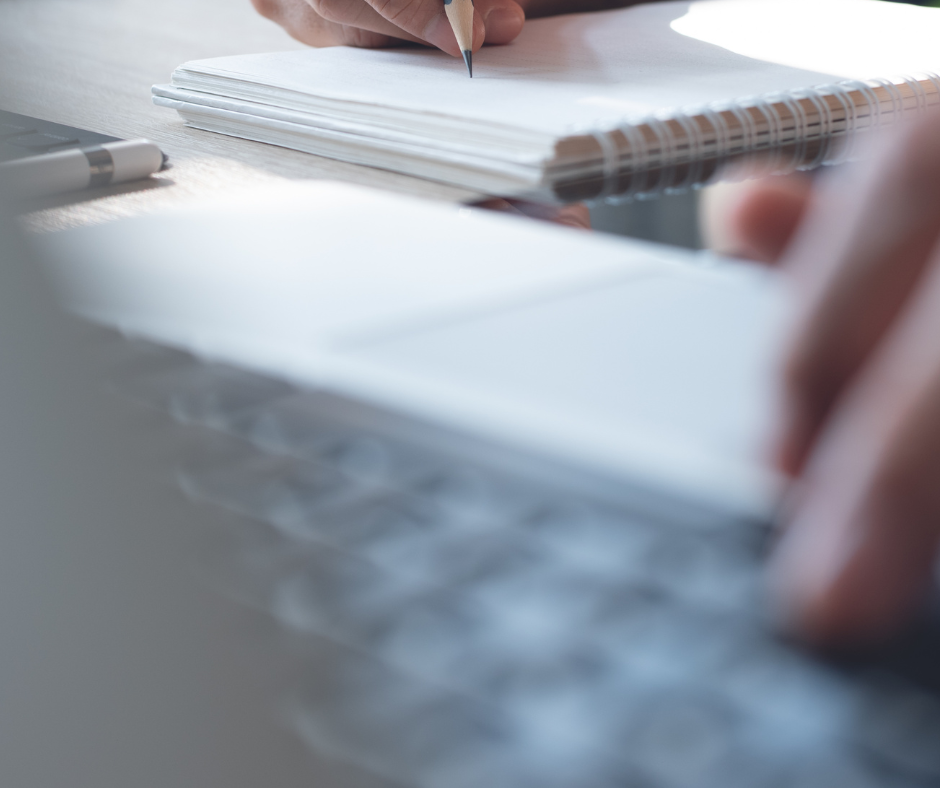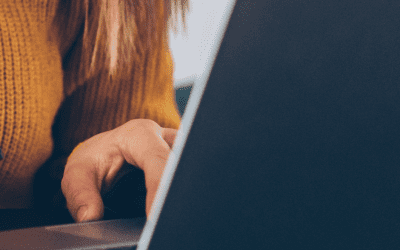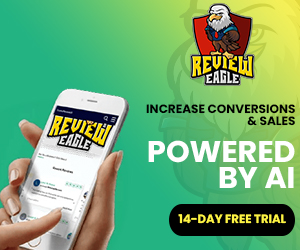Attention spans are shorter than ever, businesses must captivate their online audience from the very first glance. The art of website design has transcended beyond just aesthetics and functionality; it has embraced the power of psychology to create a powerful user experience. As technology advances and competition intensifies, understanding the psychology behind effective website design becomes paramount for success.
Imagine visiting a website that instantly grabs your attention, entices you to explore further, and effortlessly guides you through its pages. You find yourself hooked, unable to resist its charm. This is where the magic of psychology in website design comes into play. It's a strategic fusion of colors, typography, layout, and content that aims to tap into the subconscious of visitors, influencing their emotions and actions. By delving into the minds of your target audience, you can uncover invaluable insights about their preferences, behaviors, and decision-making processes. Understanding these psychological triggers allows you to create a website that resonates with your visitors on a deep level, ultimately driving engagement, conversions, and brand loyalty.
In this blog post, we will explore the fascinating world of psychology in website design and how you can harness its power to transform your online presence. Together, we will unravel the secrets behind color psychology, the art of visual hierarchy, the impact of typography, and the persuasive influence of social proof. So, buckle up as we embark on a journey to unleash the full potential of your website design and leave a lasting impression on your audience.
Choosing the Right Fonts for Readability and Brand Identity
When it comes to website design, fonts play a crucial role in both readability and brand identity. The right choice of fonts can significantly impact how users perceive your website and its content.
Firstly, let's talk about readability. When visitors land on your website, they should be able to easily read the text without any strain or confusion. This is where choosing the right font becomes essential. Fonts that are too small, too fancy, or difficult to read can drive users away from your site.
Consider using sans-serif fonts like Arial or Helvetica for body text as they are clean and easy on the eyes. These fonts have a modern feel and are widely used for online content. On the other hand, serif fonts like Times New Roman or Georgia can be used for headings or titles to add a touch of elegance and sophistication.
In addition to readability, fonts also contribute to brand identity. Your choice of fonts should align with your brand's personality and values. For example, if you have a tech-oriented website, you might opt for sleek and futuristic fonts that convey innovation. On the other hand, if you have a more traditional or conservative brand, classic serif fonts might be more suitable.
Remember that consistency is key when it comes to font usage across your website. Stick to two or three complementary fonts throughout your design to maintain visual harmony while also adding variety.
The Impact of Typography on User Experience
Typography plays a significant role in shaping user experience on websites. It involves not only selecting appropriate fonts but also considering factors such as font size, line spacing, and paragraph length.
A well-considered typography can enhance readability by making it easier for users to scan through content quickly. By using larger font sizes and ample line spacing, you can improve legibility and prevent users from feeling overwhelmed by a wall of text.
Another aspect to consider is the length of paragraphs. Long paragraphs can be intimidating and discourage users from reading. Breaking up text into shorter paragraphs or using bullet points can make the content more digestible and visually appealing.
Furthermore, typography can help create a hierarchy of information on your website. By using different font sizes, weights, and styles, you can guide users' attention to the most important elements or calls to action. This visual hierarchy improves user experience by making it easier for visitors to navigate through your website and find what they are looking for.
Guiding Users with Strategic Layout and Placement
The layout and placement of elements on your website play a crucial role in guiding users' attention and influencing their actions. Strategic design choices can help you create a seamless user journey that leads visitors towards desired outcomes.
One effective technique is the use of whitespace or negative space. By strategically leaving empty spaces around important elements or sections, you can draw attention to them and make them stand out. Whitespace also improves readability by reducing clutter and allowing content to breathe.
Another important consideration is the placement of call-to-action buttons or links. These should be strategically positioned where users are most likely to notice them. Placing them above the fold (the visible area without scrolling) increases their visibility and encourages users to take action without having to scroll down.
Additionally, consider the natural eye movement patterns when designing your layout. Users typically read from left to right, so placing important information or key messages on the left side of the page can increase their visibility.
The Art of Visual Hierarchy in Website Design
Visual hierarchy refers to the arrangement of elements on a webpage to convey their relative importance. By using visual cues such as size, color, and positioning, you can guide users' attention and create a clear hierarchy of information.
One effective way to establish visual hierarchy is through the use of size. Larger elements naturally draw more attention than smaller ones. By making important headings or key messages larger than surrounding text, you can make them stand out and communicate their significance.
Color is another powerful tool for creating visual hierarchy. Bright or contrasting colors can be used to highlight important elements or calls to action. However, be mindful of color psychology and ensure that the chosen colors align with your brand identity and evoke the desired emotions in your audience.
Positioning also plays a crucial role in establishing visual hierarchy. Elements placed at the top of a page or within the “golden triangle” (the area where users' eyes are naturally drawn) are more likely to capture attention. Placing less important elements towards the bottom or sides of a page helps create a clear flow and prevents visual clutter.
Website design goes beyond aesthetics; it incorporates psychology to create an impactful user experience. By understanding the impact of fonts on readability and brand identity, harnessing typography for improved user experience, strategically guiding users through layout and placement choices, and mastering the art of visual hierarchy, you can transform your website design into a powerful tool that captivates your audience and drives success.
The AI Web Agency is dedicated to helping our clients grow their business. Growth is the DNA and foundation of our focus in everything we provide to our clients. The AI Web Agency offers marketing services that make our client's phones ring, their websites fill with visitors, and keeps their existing clients engaged. We deliver this growth both online and offline, to local businesses and national brands. We leverage the power of AI to provide precision personalized content delivered via Email, Web, and Social Media to help businesses grow.









